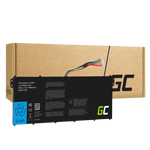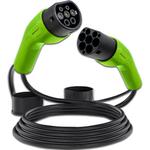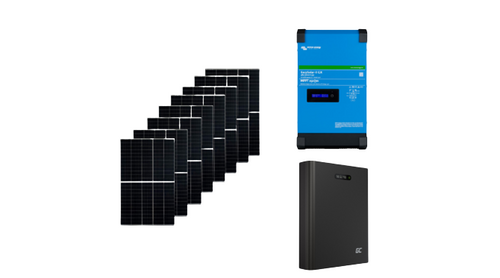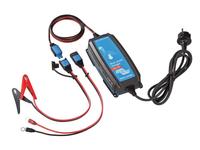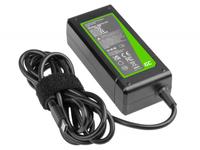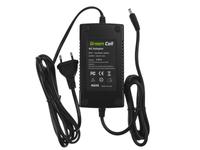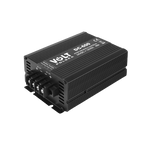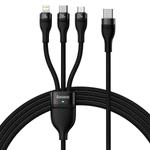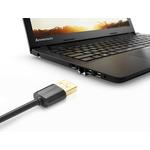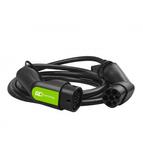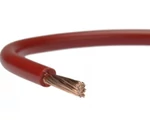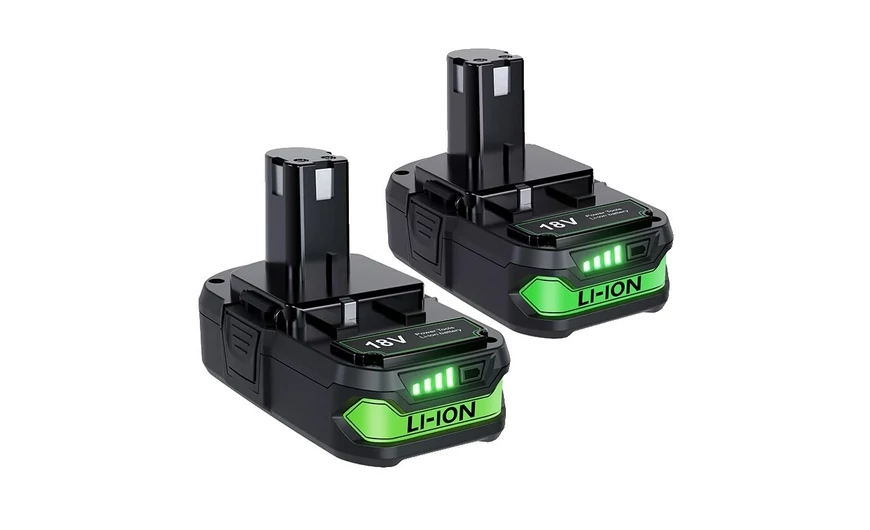|
|
Power tool batteries show the future |
Modern batteries provide the freedom of cordless operation while matching — and often exceeding — the performance of traditional, corded devices. The story of today’s power tool batteries goes back much further than one might think. The first cordless drills operated with nickel-cadmium cells, which were heavy, had a short lifespan, and were environmentally problematic.
The emergence of lithium-ion technology changed everything. Lightweight, high–energy density cells revolutionized tool usage, enabling longer run times, faster charging, and greater power.
But development didn’t stop there. Manufacturers have continued to invest heavily in improving cell cooling, stability, and energy efficiency. Today, it’s common for a single battery to power dozens of different tools. This saves users money and significantly reduces environmental impact since fewer batteries need to be produced and maintained.
One of the greatest advantages of modern batteries is their control electronics. Smart energy systems now continuously communicate with the tool and charger, monitoring temperature, charge cycles, and power flow. This improves efficiency and extends the overall lifespan of the cells.
No matter how advanced a battery is, it will eventually run down during use. That’s when a high-quality charger becomes essential — allowing your power tool batteries to be recharged quickly and safely.

|
|
Not all batteries are created equal |
Just take a look at the wide variety of designs available in the power tool battery market. These differences have a significant impact on a tool’s performance. A well-designed battery stores more energy and operates more reliably and predictably. This is especially important for demanding tasks, such as when a drill works through thick metal sheets or hard concrete walls.
A drop in energy level affects both performance and the lifespan of the cells. That’s why correct charging and storage practices are crucial. Overheating is the greatest enemy of lithium-ion cells.
Even though modern batteries come with built-in protection, users still need to pay attention to this factor. Storing batteries in a cool, dry place ensures years of reliable operation without a noticeable drop in performance.
|
|
Durability is a key factor |
Today, manufacturers are clearly expected to prioritize sustainability in design and production. Some brands already offer cells that can withstand several thousand charge cycles while still retaining a significant portion of their capacity. Our online store offers a variety of designs to choose from.

